It’s always a good question if your users will like your new products, if your solutions are what they need, or if you are talking to the right group of people. There are quantitative (market research like a survey - you get lots of data) and qualitative ways to find out, and I’m going to talk about the qualitative way in this article. You get less amount of data but more in-depth. And I’ll focus on user research - how you can really know your users.
Observation / immersion
If you’re not even sure about how to describe your users, like the target users are the group of people you usually don’t hang out with. Go to the place where you gather and observe them. For example, I went to a skate park and just watch people skating and how they interact with each other when I did a project at Skullcandy that focused on GenZ. Or we went to mosques to observe salah (with their permission) when we did a project about understanding Muslins.
in-depth interview
Conduct the interview at subject’s place gives us a chance to observe the details of her lifestyle and believes.
After observation, you might have lots of questions about why and how they do things. Gathering all your high-level questions, and recruit the people that fall in your target user groups. Compared to traditional interview - you ask one question, he/she answers, and go to the next question. We encourage you to use laddering techniques - asking “why”. Be curious about the details they say, and ask why they said that or made that decision. One technique I found useful is repeating the key words they said (to acknowledge what they said) and pause for a while (resist your temptation to talk!) It prompts them to explain more.
Shadowing
With the user’s permission, observe how they do things. Compared to the first section “observation”, this one can be in a private setting like at his/her own place, studio, or shop. Ask their permission to document what they do (often with a consent form to keep information confidential), and lay it out as a user journey.
An example of a user journey that was conducted at the Front climbing gym in SLC, Utah
If you’re interested in more details about User-centered research, here’s the link to free PDF you can download.
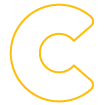
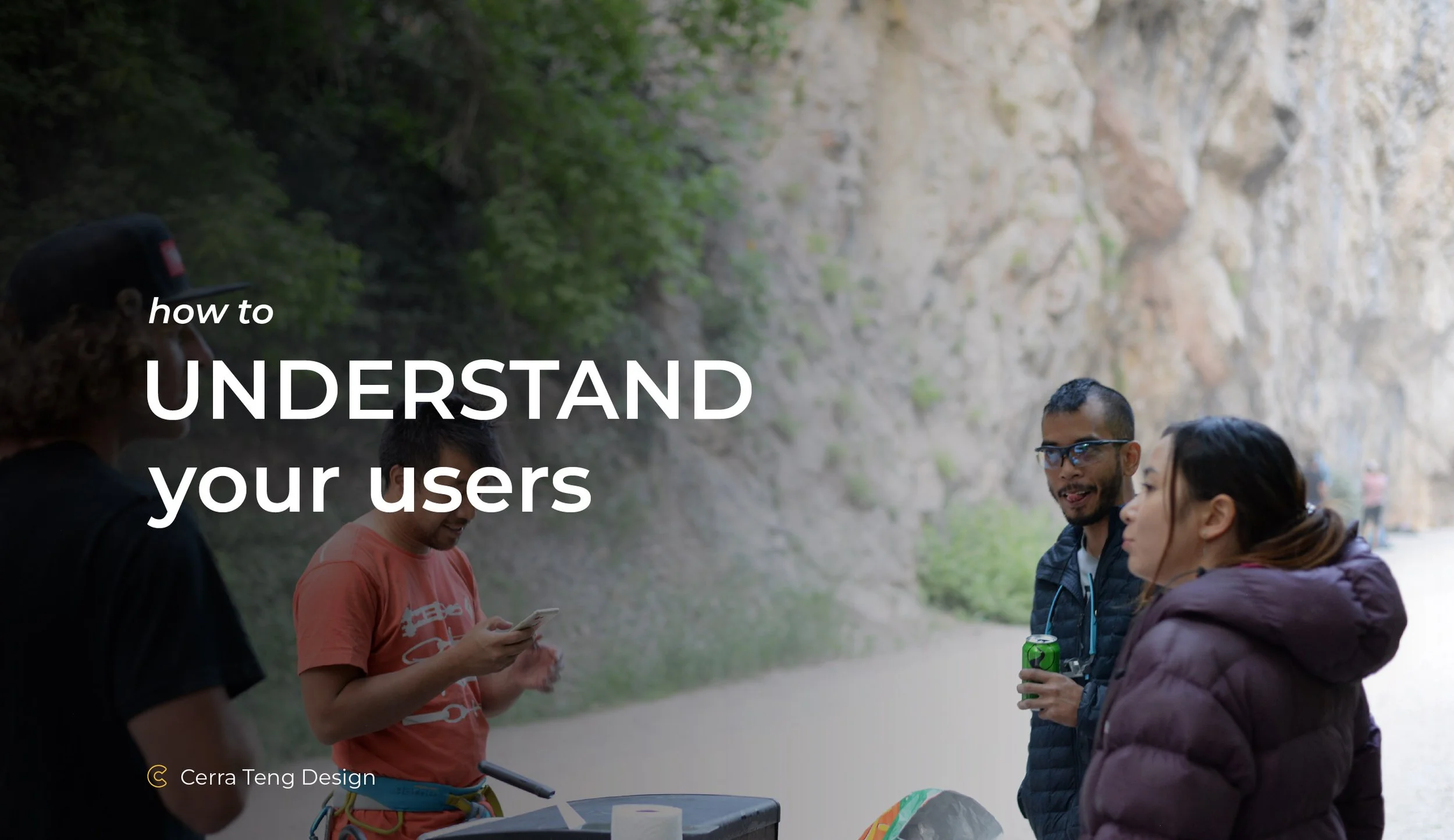
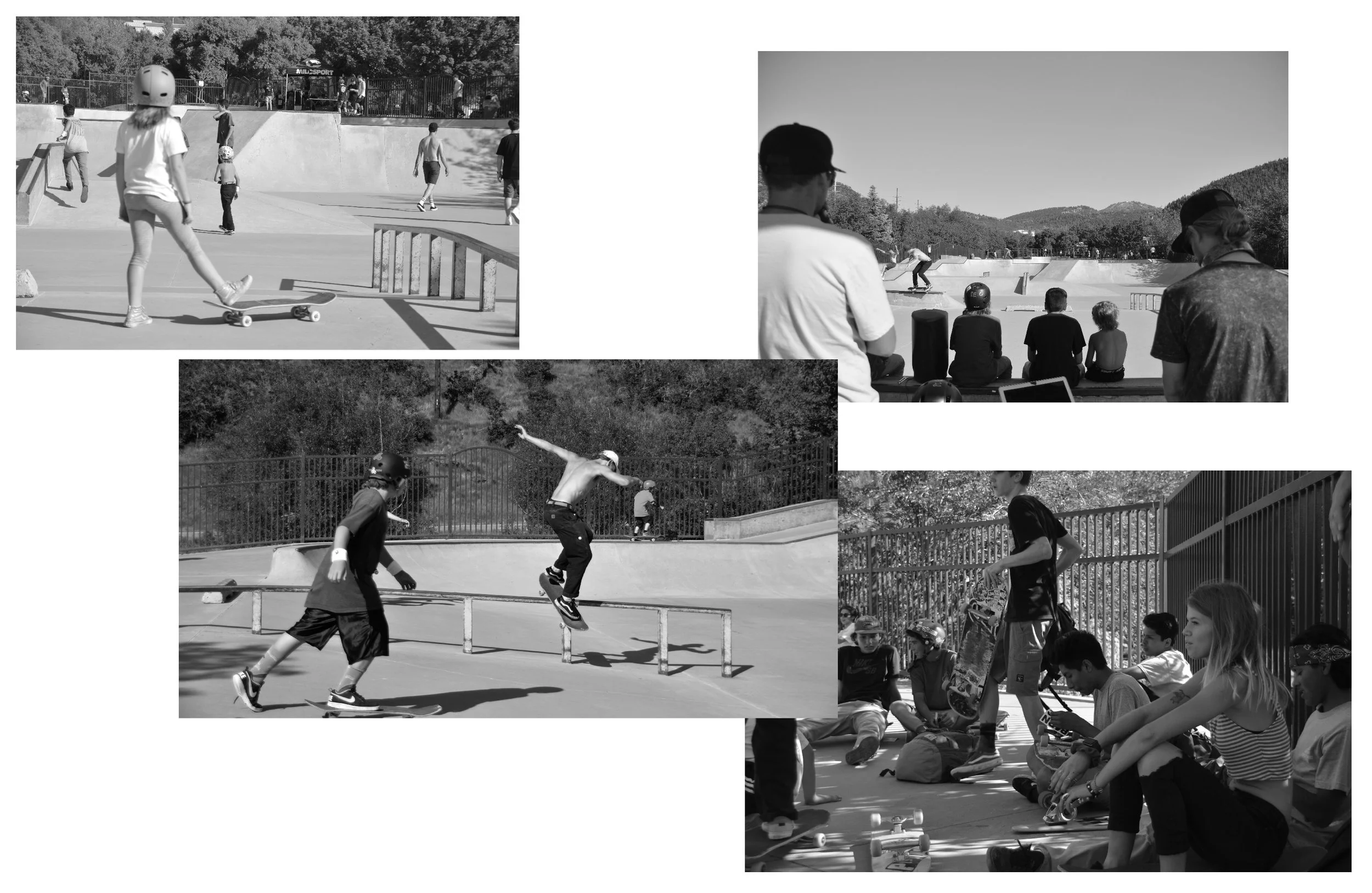
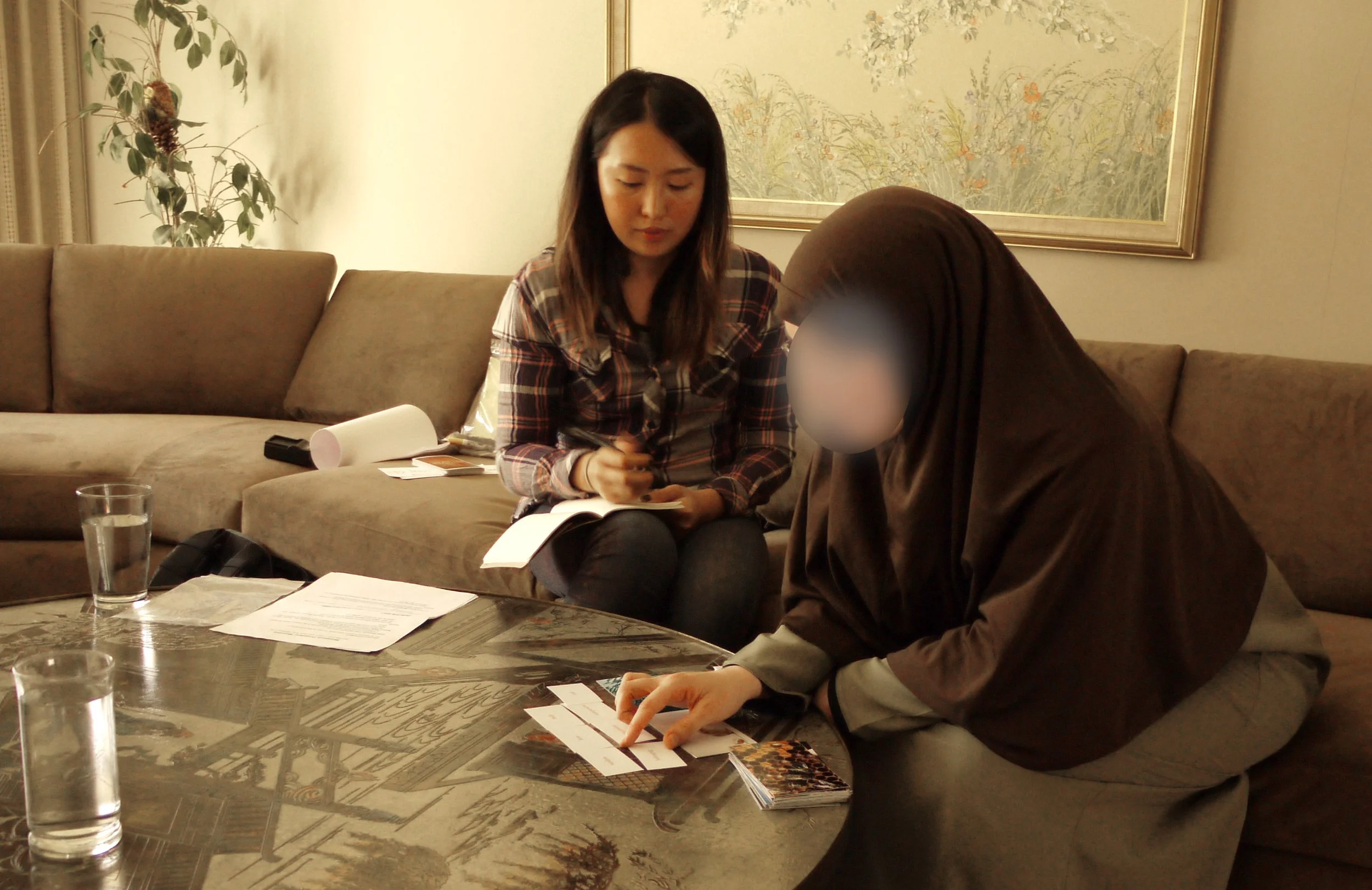
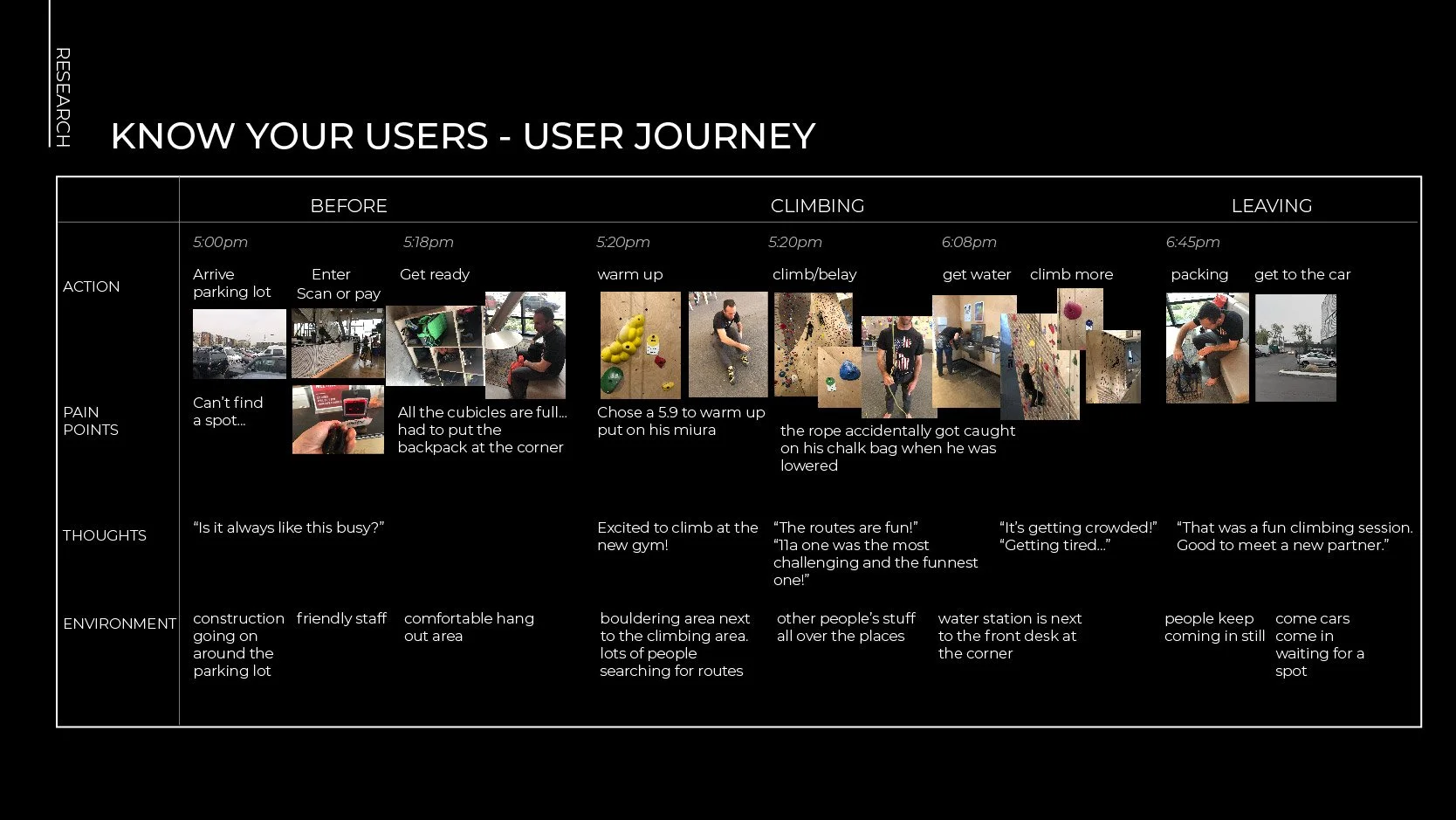
![[INTERVIEW] Prioritize your recreational passion with Dan Noakes](https://images.squarespace-cdn.com/content/v1/5444791ce4b02b47d496b5e6/1652921155685-AM9GHM6U2KVV7FJ114QU/3+sisters-01.jpg)







![[INTERVIEW] Not afraid of losing anything with Chel Al](https://images.squarespace-cdn.com/content/v1/5444791ce4b02b47d496b5e6/1651781360475-G4M8JFC0C6O4PJDWJSKL/banner-02.jpg)






